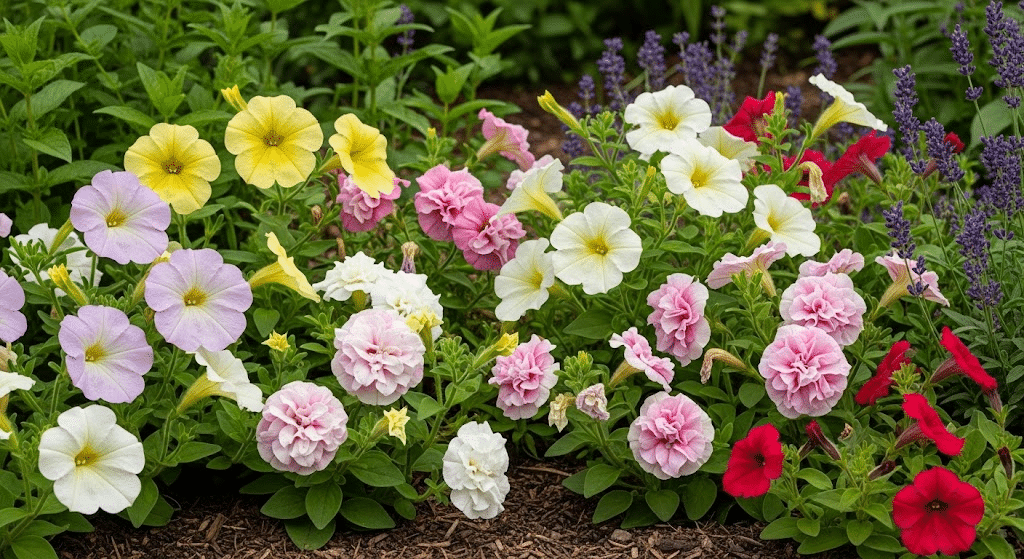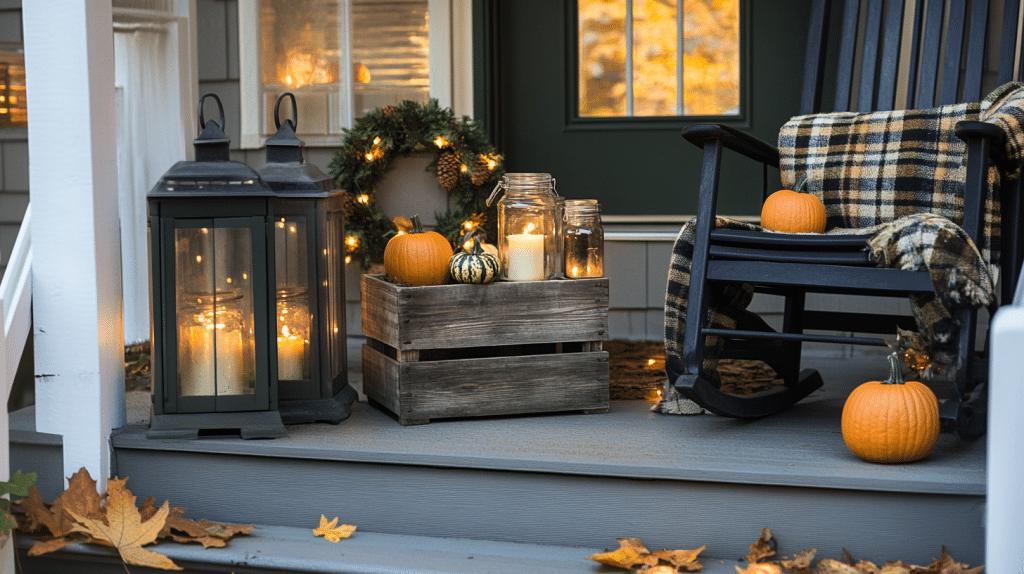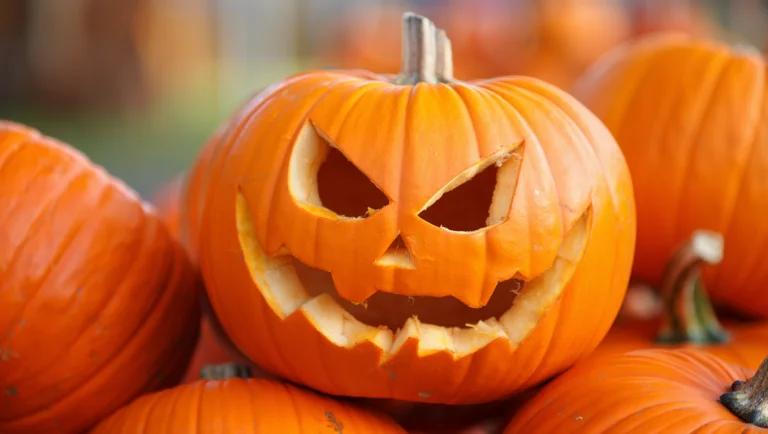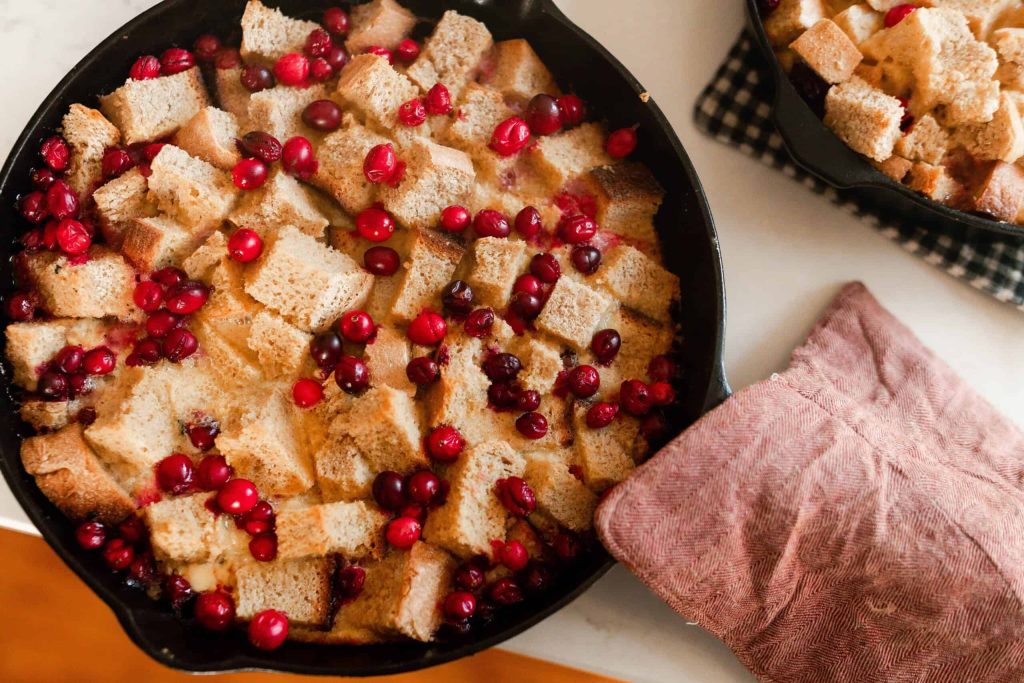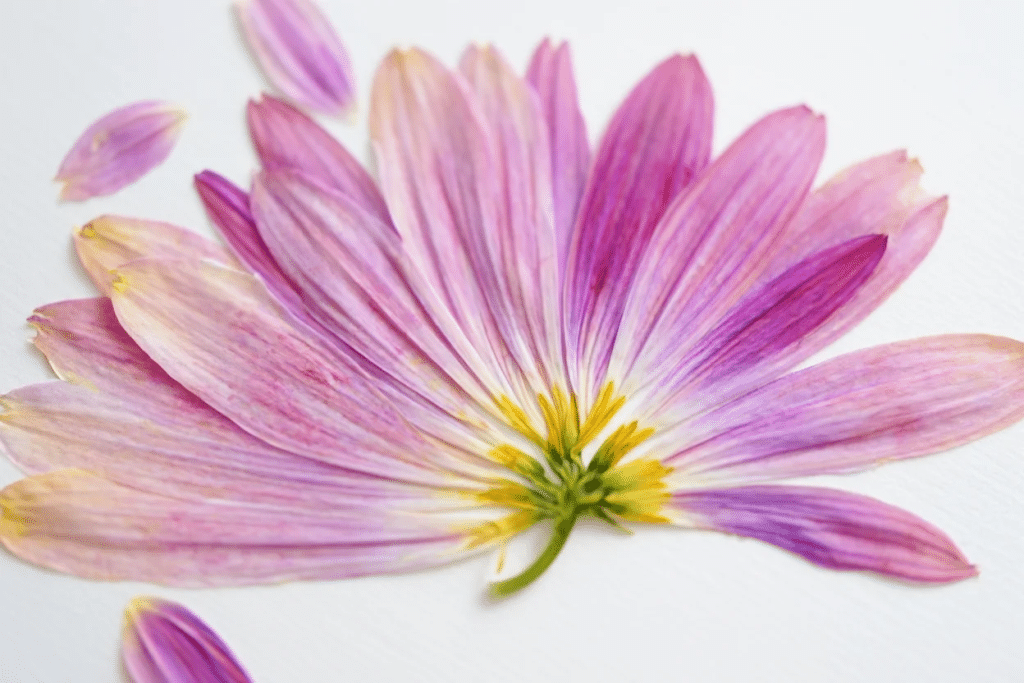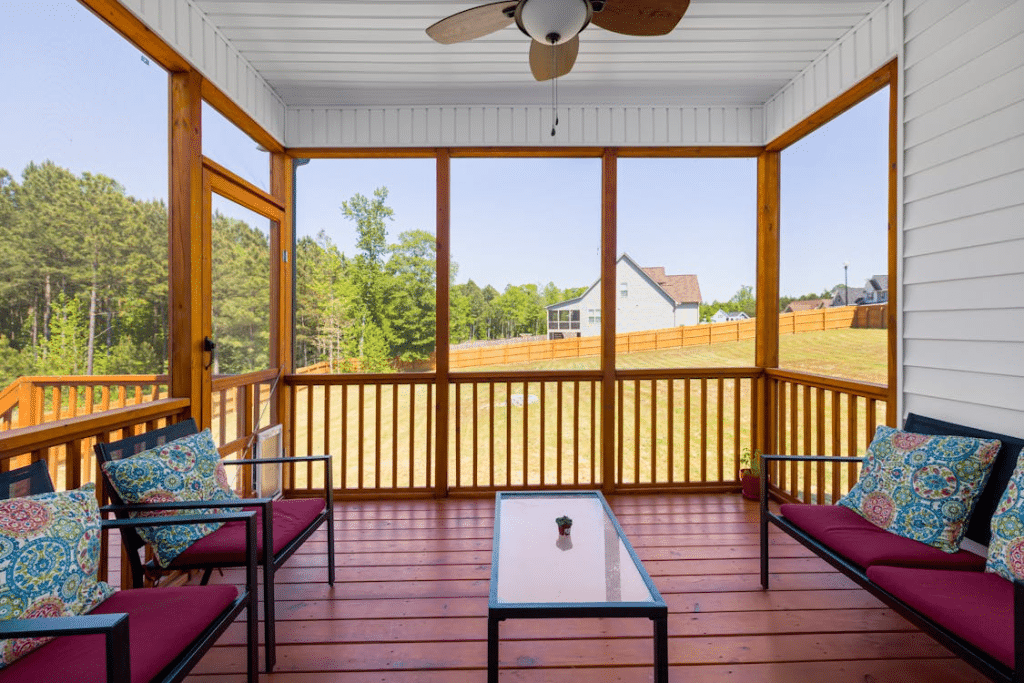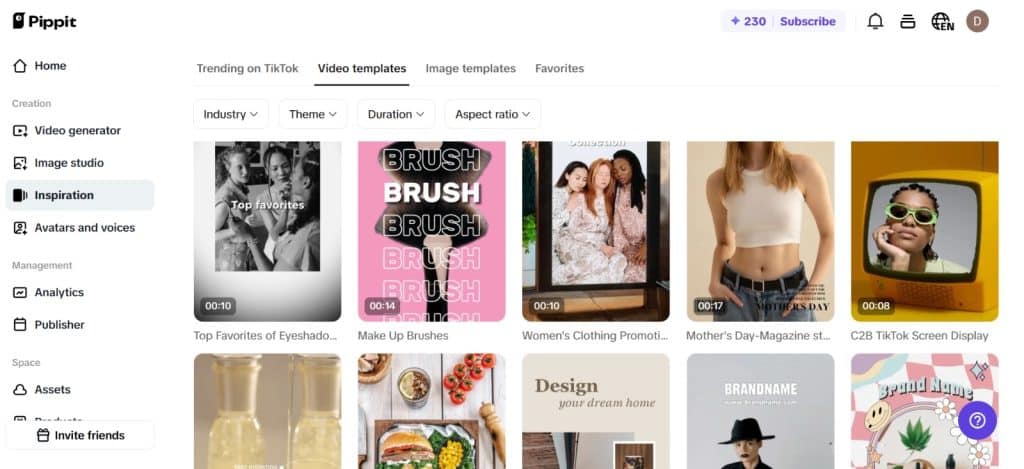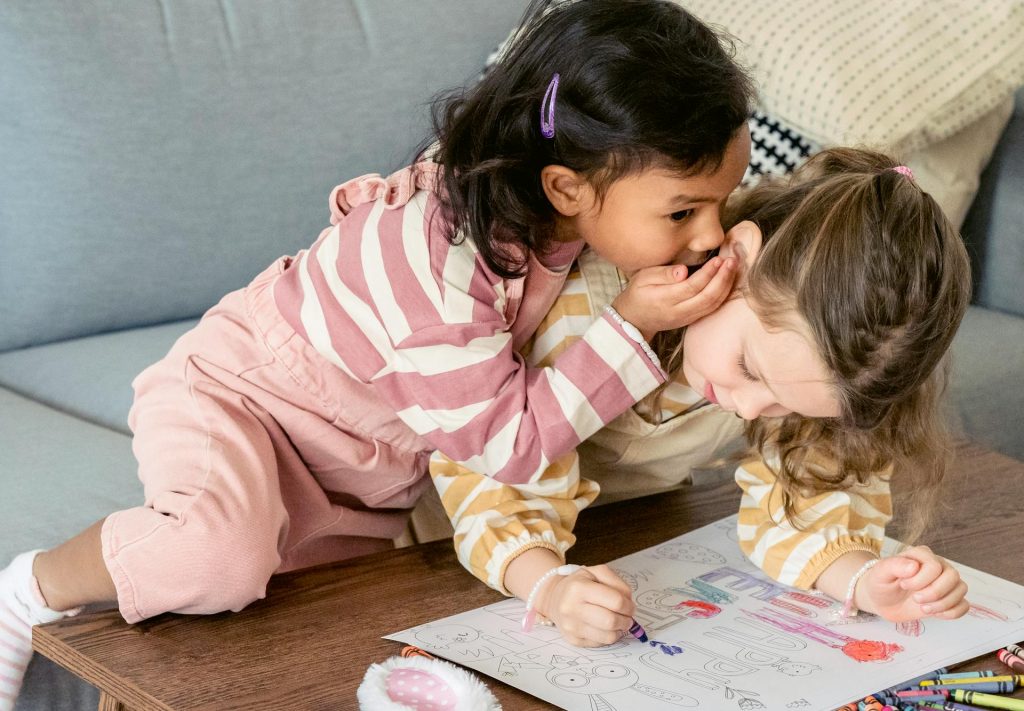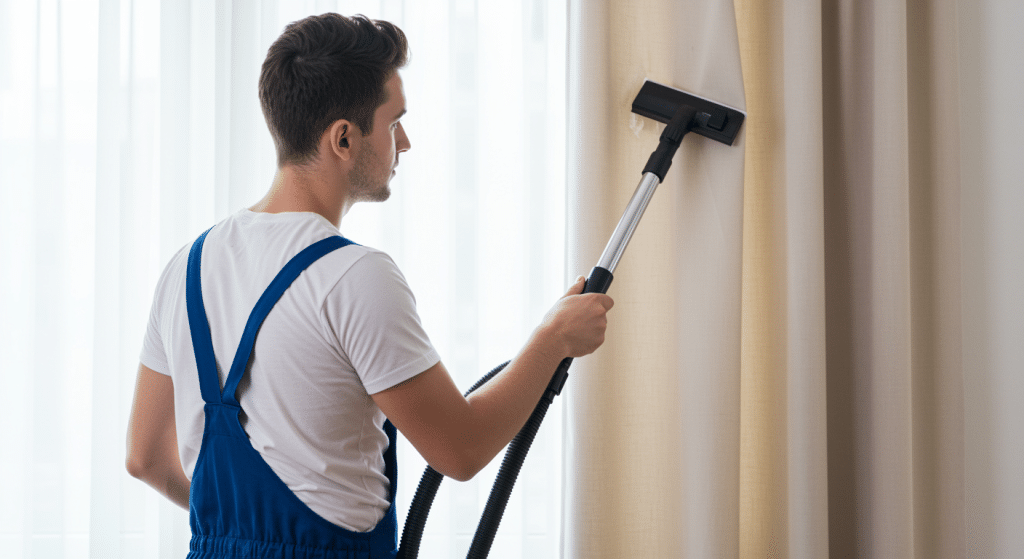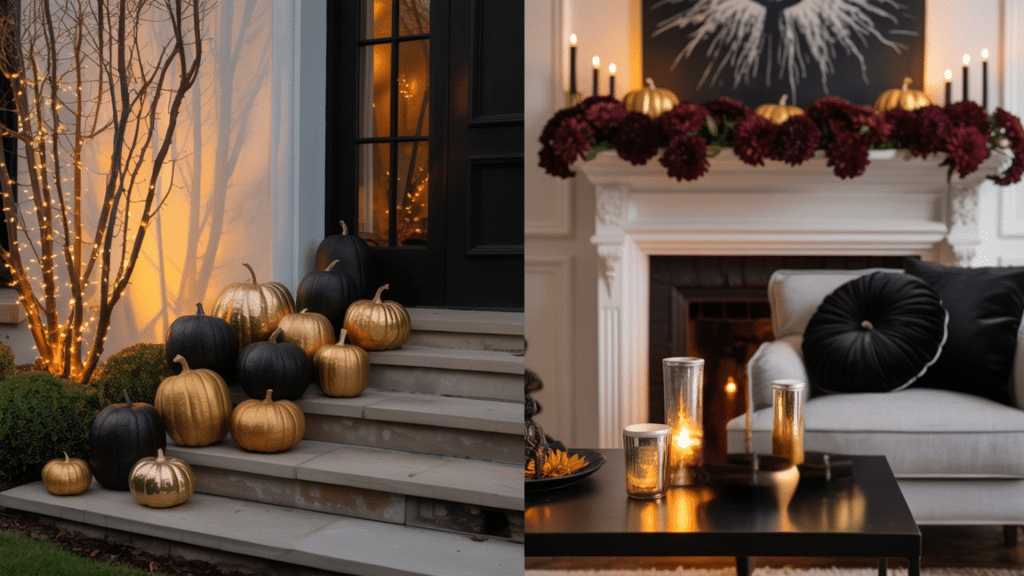Many gardeners worry about planting flowers that might bring too many bees into their yard, especially when family members have allergies.
Petunias are popular garden flowers, but the question often arises: do petunias attract bees? While petunias can attract bees, they do so less strongly than many other garden plants.
This blog post will show you which petunia colors bees prefer and tips for using petunias in your garden to either welcome or limit bee visits based on your needs.
Do Petunias Attract Bees?
Yes, petunias can attract bees, but not in large numbers. Petunias aren’t top picks for bees compared to other garden flowers.
Bees visit petunias sometimes, but they don’t cause swarms to show up in your garden. They make choices about which flowers to visit based on a few simple factors:
- Color preference: Bees tend to ignore red petunias but show interest in pale purple, white, yellow, and pink ones.
- Nectar amount: Petunias offer less nectar than many other flowers, making them less appealing to hungry bees.
- Flower shape: The trumpet shape of petunias isn’t always the easiest for bees to access.
Petunia Types and Bee Attraction
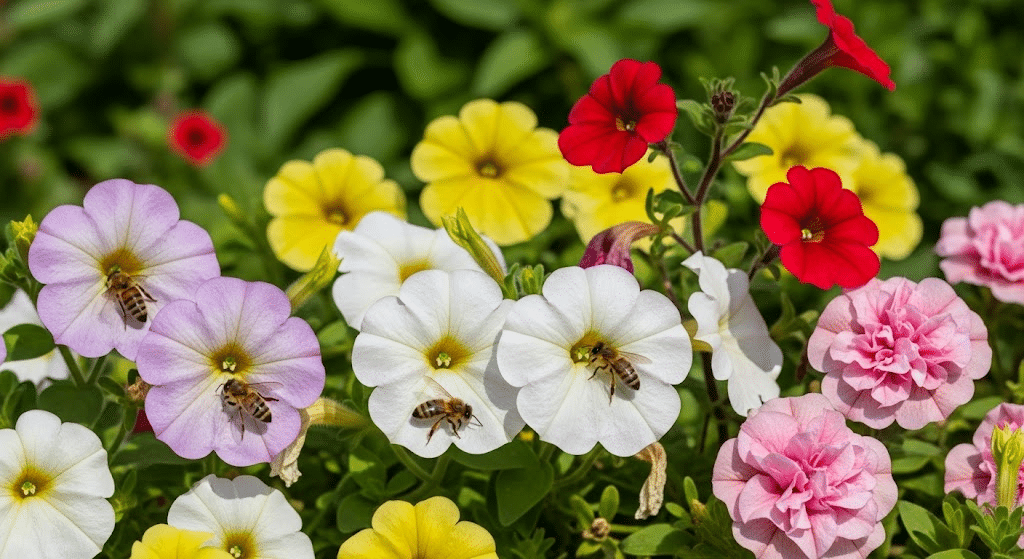
Petunias vary widely in their appeal to bees, influenced by bloom type, color, and species.
Color also plays a role, and specific types like Wave Petunias can attract some bees in large groups, but overall, petunias tend to favor hummingbirds and butterflies over bees.
Single vs. Double Bloom
Single bloom petunias: These have one layer of petals with open centers, making it easier for bees to reach the nectar. They attract more bees than double varieties.
Double bloom petunias: These have extra petals that create a fuller look. The extra layers make it harder for bees to get to the nectar, so they attract fewer bees.
Color Matters
- Red petunias: Least attractive to bees.
- Pale purple petunias: More likely to attract bees and hummingbird moths.
- White, yellow, and pink petunias: Somewhat attractive to bees.
Specific Varieties
Wave Petunias, known for their spreading habit and vibrant blooms, can attract some bees when planted in large groups, although they are not considered major bee magnets. Their open flower structure appeals to pollinators like bees and butterflies, thereby enhancing garden biodiversity.
In contrast, Petunia Exserta, a red variety with tubular flowers, primarily attracts hummingbirds rather than bees, due to its color and shape, which are less appealing and less accessible to bee pollinators.
What Makes a Flower Bee-Friendly?
Bee-friendly flowers share several key features that make them irresistible to pollinators.
Understanding these traits helps gardeners create vibrant, supportive habitats that attract and sustain healthy bee populations.
- Pollen Availability: Flowers that produce abundant, protein-rich pollen are highly attractive to bees, as pollen is essential for feeding larvae and meeting the nutritional needs of the colony.
- Scent: Strong, sweet floral scents are key signals for bees, indicating a rich food source. Flowers with mild or little fragrance, like some ornamental petunias, are less likely to attract bees.
- Flower Shape: Open, flat flowers are easier for bees to access, while double-flowered varieties can be difficult for bees to navigate and may offer less reward.
- Bloom Duration: Flowers that bloom over an extended period provide a reliable food source, supporting bees throughout the season.
- Native Origin: Native flowers are often better suited to local bee species, offering the right fit in terms of structure, nutrition, and bloom timing.
- Landing Platform: Flowers with broad, stable surfaces make it easier for bees to land and collect resources efficiently.
Making Petunias More Appealing to Bees

To make petunias more appealing to bees, group them in clusters rather than scattering them singly, and plant them near bee-attracting companions like lavender, salvia, and mint for a stronger draw.
Position petunias in sunny, wind-protected spots. Bees prefer bright areas and are more active there.
Ensure the soil is rich and well-draining, use compost instead of chemical fertilizers, and water at the base early in the day to keep blooms and nectar fresh.
Avoid pesticides and opt for organic care to create a safe environment where petunias and bees can thrive together
The Benefits of Welcoming Bees
With a few thoughtful changes, many gardeners find that their outdoor spaces become not only more productive but also more enjoyable and environmentally sustainable.
1. Enhanced Harvests: Gardens with bees see higher yields and better-quality produce. Tomato plants can yield nearly twice as much, and crops like cucumbers, berries, and melons grow more uniform and abundant.
2. Natural Pest Control: Bees attract other beneficial insects, such as ladybugs, which help control pests naturally, reducing or eliminating the need for chemical sprays.
3. Healthier Ecosystem: A diverse insect community, encouraged by bees, improves soil quality and fosters a more sustainable, self-regulating garden environment.
4. Educational and Emotional Benefits: Supporting bees turns gardens into living classrooms, sparks curiosity, and deepens connections to nature for gardeners of all ages.
5. Simple, Effective Practices: Avoiding pesticides, providing water sources, leaving bare soil patches, and planting flowers in clumps are easy steps that make gardens more bee-friendly and productive.
To Conclude
Petunias can bring both beauty and bees to your outdoor space, but now you know how to control how many buzzing visitors you attract.
If you’re wondering, do petunias attract bees? The answer is yes, though the extent depends on the variety you choose. If you want more pollinators or fewer, the choice of petunia varieties makes all the difference.
What will you do with this knowledge? Perhaps you’ll create a mixed bed with bee-friendly plants in one area and fewer bee-attracting flowers in spots where people gather.
Or maybe you’ll experiment with different petunia colors to see which pollinators visit your space.


